Sapa, renowned for its breathtaking landscapes and rich cultural tapestry, offers travelers an alluring getaway into the heart of Vietnam. However, a successful trip to this mountainous destination relies heavily on effective budgeting. Understanding travel costs associated with reaching and exploring Sapa is not merely an exercise in number-crunching; it's an essential foundation for crafting a fulfilling experience. From transportation and accommodations to dining options and local activities, a comprehensive grasp of expenses can facilitate enjoyment without the stress of financial surprises.
As you delve into the details of budgeting for Sapa, it becomes clear that a well-laid plan can enhance your experience, allowing you to savor every moment amidst the rolling hills and terraced rice fields. Thus, let's navigate through the key components of travel costs in Sapa, guiding you to make informed decisions that align with both your interests and your financial comfort.
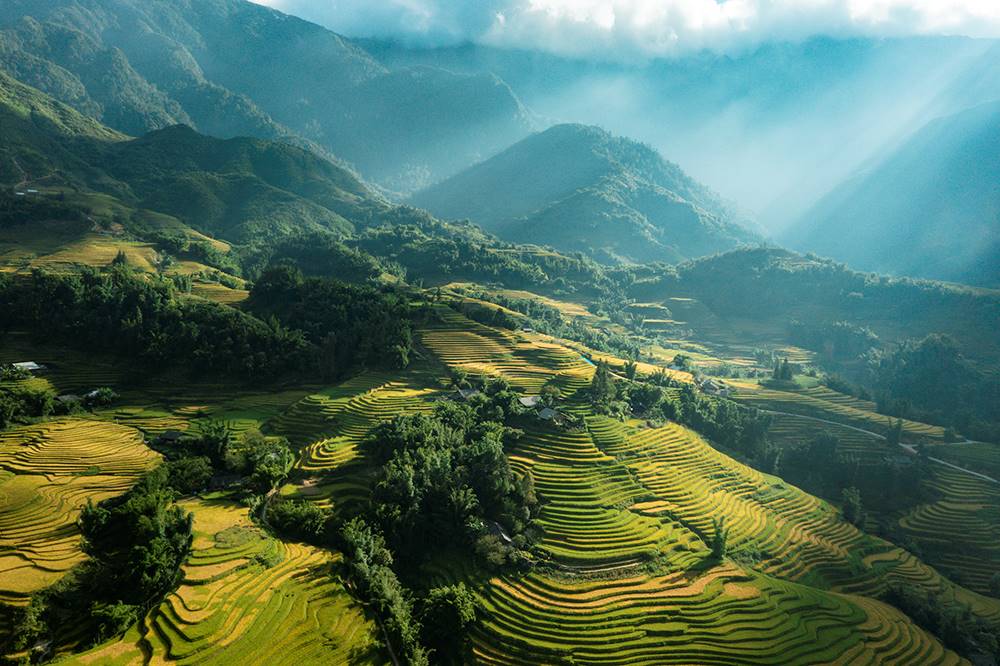
When traveling to Sapa, recognizing the various components of your budget is crucial. This enchanting destination, tucked amid the mountains of northern Vietnam, caters to different types of travelers. Whether you're a budget backpacker seeking adventure or someone desiring a touch of luxury, Sapa accommodates a multitude of needs and preferences.
Sapa's travel costs can generally be divided into three main categories: transportation, accommodation, and dining. Each section presents unique expenses, making it essential to consider what aligns best with your personal travel style. Understanding these elements ensures you can allocate your funds wisely and stretches your budget without compromising on experiences. In the following sections, we will break down these costs, providing detailed insights and practical tips to help you plan your journey effectively.
Traveling to Sapa is a journey filled with possibilities, primarily accessed from Hanoi through multiple transport options. The choice of transportation can significantly impact your budget. Among the most popular choices are buses, trains, and motorbikes.
Bus travel is widely favored for its affordability and convenience. A typical one-way bus ticket from Hanoi to Sapa costs between 500,000 VND and 600,000 VND, approximately $21 to $25. High-class operators such as Inter Bus Line and Sapa Express offer modern buses equipped with comfortable seating, recliners, and sometimes even meals during the journey.
Train travel, however, presents a different story. It tends to be pricier yet offers a unique experience. The sleeper tickets from Hanoi to Lao Cai, the nearest station to Sapa, range from 600,000 VND to 700,000 VND, which competes between $25 to $30 for a round trip. The train journey, though longer, allows for scenic views, adding to the adventure.
For those yearning for flexibility and personal exploration, renting a motorbike is an attractive option. The daily rental rates for motorbikes hover around 120,000 VND, about $5, supplemented by fuel costs that typically remain under 100,000 VND (around $4). This option provides not only economic savings but also the joy of self-discovery as you navigate the winding roads and hidden paths of Sapa.
Here is a summary of transportation options:
| Type of Transport | Cost per Trip (VND) | Cost per Trip ($) |
|---|---|---|
| Bus | 500,000 - 600,000 | $21 - $25 |
| Train (Sleeper) | 600,000 - 700,000 | $25 - $30 |
| Motorbike Rental | 120,000 per day | $5 |
| Fuel (per fill-up) | Less than 100,000 | Under $4 |
Local transportation within Sapa is also budget-friendly; daily spending for local buses or shared taxis can range from 50,000 VND to 100,000 VND (approximately $2 to $4).
Budgeting $25 to $50 for your entire transportation can be a prudent approach to manage your mobility expenses, ensuring you can traverse this stunning terrain with ease.
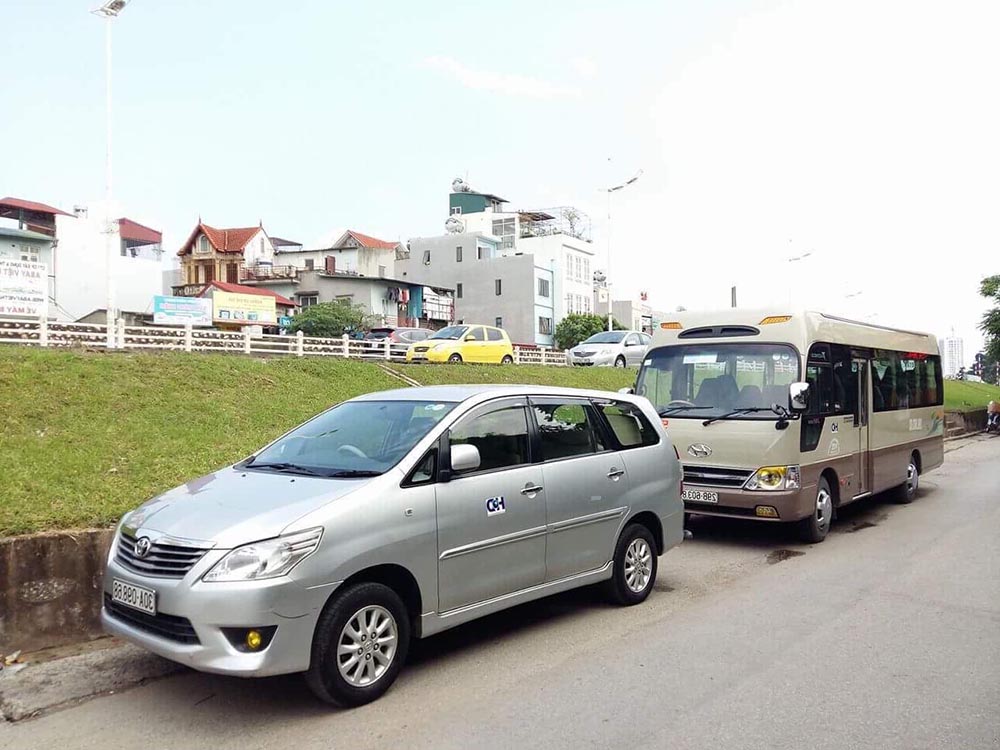
Accommodation in Sapa caters to a wide range of preferences and budgets, from simple guesthouses to upscale resorts, allowing you to choose your adventure without breaking the bank. Understanding the accommodation costs is essential in sculpting your overall budget.
For the budget-conscious traveler, Sapa offers guesthouses and hostels starting from around 150,000 VND (approximately $6). Memorable experiences, such as dormitory beds in hostels, can be found even lower, at 70,000 VND (around $3). These budget options, while simple, often provide a warm and welcoming atmosphere, allowing you to connect with fellow travelers and indigenous communities alike.
As you venture into the realm of mid-range accommodations, expect to spend about 500,000 VND to 1,000,000 VND (roughly $21 to $42) per night. Hotels such as cozy homestays or boutique stays often feature amenities like complimentary Wi-Fi, clean private bathrooms, and occasionally breakfast included, providing a balance of comfort and cost.
For those in pursuit of luxury, Sapa does not disappoint. Stunning high-end resorts and hotels can command prices up to 4,000,000 VND (approximately $170) per night, showcasing breathtaking views of the mountains and featuring lavish services such as spa treatments and gourmet dining.
A summary of accommodation options:
| Type of Accommodation | Cost per Night (VND) | Cost per Night ($) |
|---|---|---|
| Budget Guesthouses | 150,000 - 300,000 | $6 - $13 |
| Mid-Range Hotels | 500,000 - 1,000,000 | $21 - $42 |
| High-End Resorts | Up to 4,000,000 | $170+ |
In summary, a budget of around 300,000 VND to 500,000 VND (about $13 to $21) allocated for both accommodation and meals can provide a comfortable experience in Sapa.
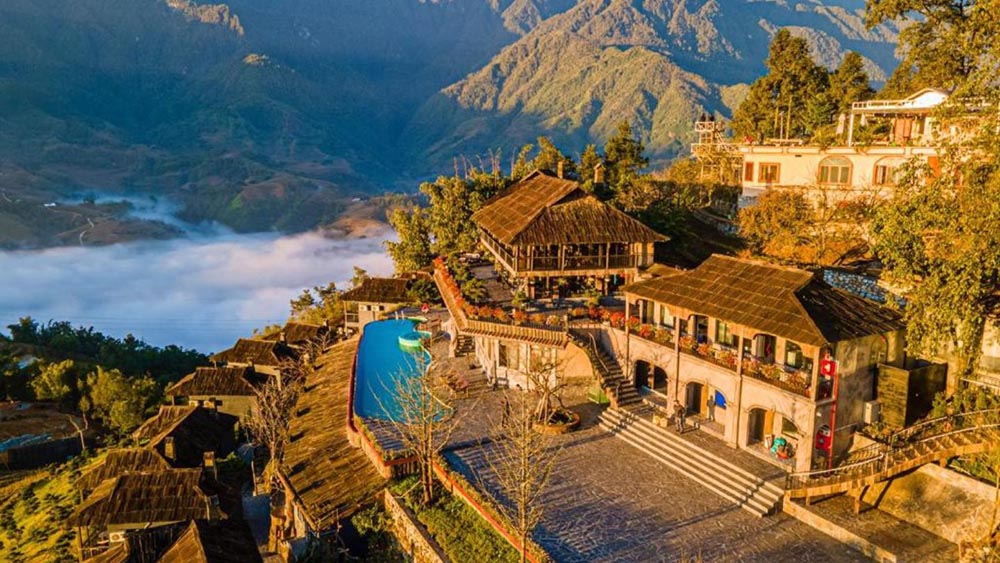
Sapa’s culinary scene reflects its vibrant culture, offering travelers an array of dining experiences across different budgets. Embracing local cuisine and dishes is not only fulfilling but also cost-effective. As you plan your meals, it's vital to account for the various dining options available.
For budget travelers, street food is a delightful way to experience authentic flavors at remarkably low prices. A meal from a local vendor typically costs between 50,000 VND to 100,000 VND (approximately $2 to $4), allowing you to savor dishes such as Thang Co (a traditional horse meat stew) or Com Lam (bamboo rice) without inflating your budget.
If you're seeking a more polished dining experience, mid-range restaurants are plentiful in Sapa. Expect to spend around 200,000 VND to 400,000 VND (approximately $8 to $17) per meal here, often featuring comprehensive local specialties and international cuisine options. These establishments may provide a more serene dining environment, with attentive service and appetizing presentations.
Lastly, for those wishing to indulge in luxury dining, upscale restaurants serve exquisite gourmet meals that can cost upwards of 800,000 VND (around $34). While these dining experiences can be delightful and memorable, it is essential to budget accordingly to prevent overwhelming your overall travel expenses.
Let’s break down the expected dining costs:
| Type of Dining | Cost per Meal (VND) | Cost per Meal ($) |
|---|---|---|
| Street Food | 50,000 - 100,000 | $2 - $4 |
| Mid-Range Restaurants | 200,000 - 400,000 | $8 - $17 |
| Luxury Restaurants | 800,000+ | $34+ |
To get a well-rounded idea of meal budgeting in Sapa, consider allocating approximately 300,000 VND to 500,000 VND (about $13 to $21) daily, satisfying your hunger while allowing for a culinary adventure.
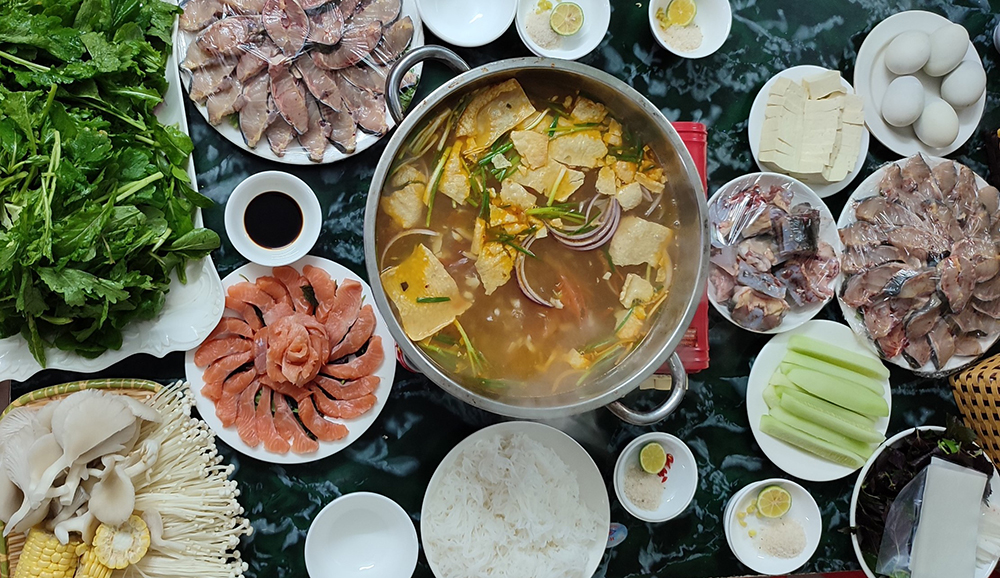
The array of activities and attractions in Sapa is as rich as its culture, and budgeting for these experiences is essential to maximizing your travel enjoyment. The lush landscapes and local traditions beckon travelers to immerse themselves in outdoor adventures, cultural explorations, and authentic encounters with the local communities.
Trekking and guided tours through Sapa’s majestic scenery typically range from $10 to $50 per person for half-day or full-day excursions, respectively. For those inclined towards multi-day treks that include homestays, prices can vary significantly, often falling between $100 and $300, depending on the luxury level and inclusions such as meals and transportation.
The towering Fansipan Mountain, known as the "Roof of Indochina," offers enchanting hikes. A guided hike to the summit would incur additional costs, with pricing around $70 to $150 depending on the duration and services provided. Alternatively, taking a cable car to Fansipan offers a breathtaking experience for approximately 800,000 VND (about $33) round trip.
Shopping for local handicrafts is another delightful activity. Travelers can find unique souvenirs at markets for $5 to $20, depending on your bargaining skills. These local markets contribute to your experience, providing insights into the craftsmanship of the ethnic minorities residing in the area.
Here is a brief overview of activity costs:
| Activity | Cost Range (VND) | Cost Range ($) |
|---|---|---|
| Guided Trekking | $10 - $50 | Half-day to full-day |
| Multi-Day Trek with Homestay | $100 - $300 | |
| Fansipan (Guided Hike) | $70 - $150 | |
| Fansipan Cable Car | ~800,000 | ~$33 |
| Local Handicrafts | $5 - $20 |
When budgeting for activities and attractions, preparing between $10 - $30 per day is wise for tours and local experiences while keeping a cushion for other spontaneous opportunities.
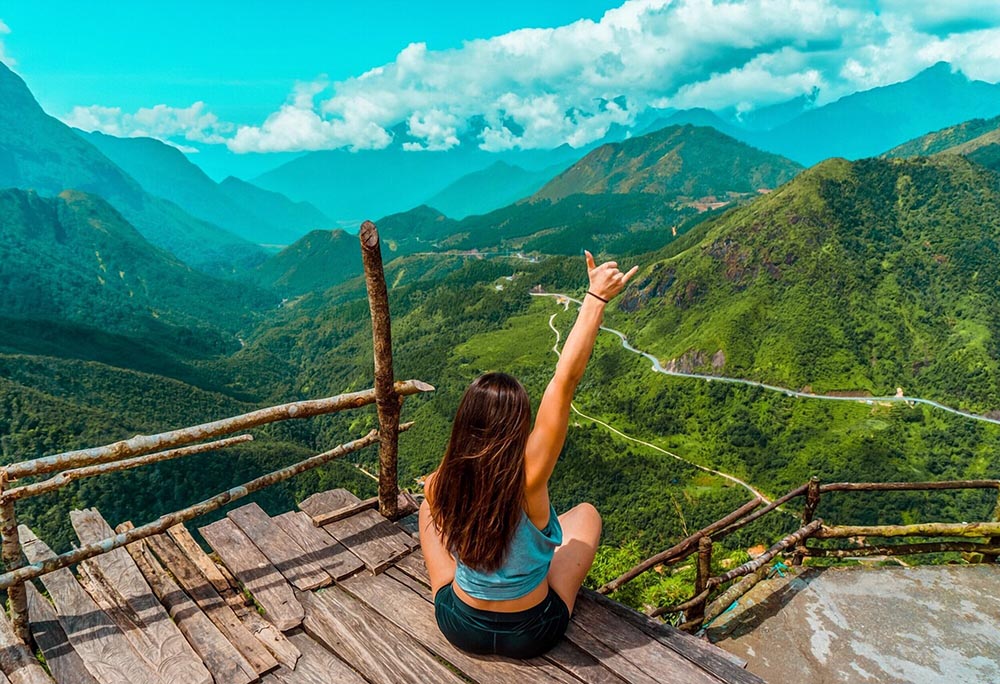
Navigating travel expenses in Sapa requires thoughtful budgeting strategies to ensure that you make the most of your experience without financial strain. Awareness and preparedness help craft a well-structured plan that synchronizes with your travel style and aspirations.
Understanding the various cost components including transportation, accommodations, dining, and activities can help you allocate your budget more effectively. With each element providing its own set of enjoyable experiences, you can avoid overspending while maximizing every opportunity Sapa has to offer.
In the next sections, we will delve into specific strategies for crafting a detailed budget and explore various options for saving money. From ingenious tips to cost-effective choices, you can navigate your way through budgeting for an enriching stay in Sapa.
Formulating a detailed travel budget for Sapa involves several steps, each building on one another to create a comprehensive financial plan. This process involves evaluating various cost factors and then organizing them into a structured framework based on your preferences and needs.
Accommodation is often one of the most significant expenses. Budget travelers can expect to find hostels and guesthouses ranging from $4 to $12 per night, while mid-range hotels can fall between $20 and $50. Booking homestays in ethnic minority villages often provides a unique cultural experience for $10 to $20 daily.
Food is another crucial expenditure, where dining at local restaurants can save you considerable amounts. Forecast spending at around $2 to $5 per meal for local cuisine, with a daily budget of $20 to $30 if you plan to indulge more regularly at nicer establishments.
Transportation is vital as well. If you factor in local transport like buses and shared taxis, you can budget approximately $1 to $5 per day, depending on how much you move around. Moreover, each trekking excursion or sightseeing tour typically costs around $10 to $20, adding up when planning multiple activities.
Here’s a breakdown of a potential detailed budget for a day in Sapa:
| Budget Category | Daily Estimate (VND) | Daily Estimate ($) |
|---|---|---|
| Accommodation | 150,000 - 300,000 | $6 - $13 |
| Food | 50,000 - 150,000 | $2 - $6 |
| Local Transportation | 20,000 - 50,000 | $1 - $2 |
| Activities | 100,000 - 200,000 | $4 - $8 |
| Total Daily Budget | 320,000 - 700,000 | $13 - $30 |
Creating a budget and sticking to it can help you navigate the expenses and make informed decisions throughout your journey.
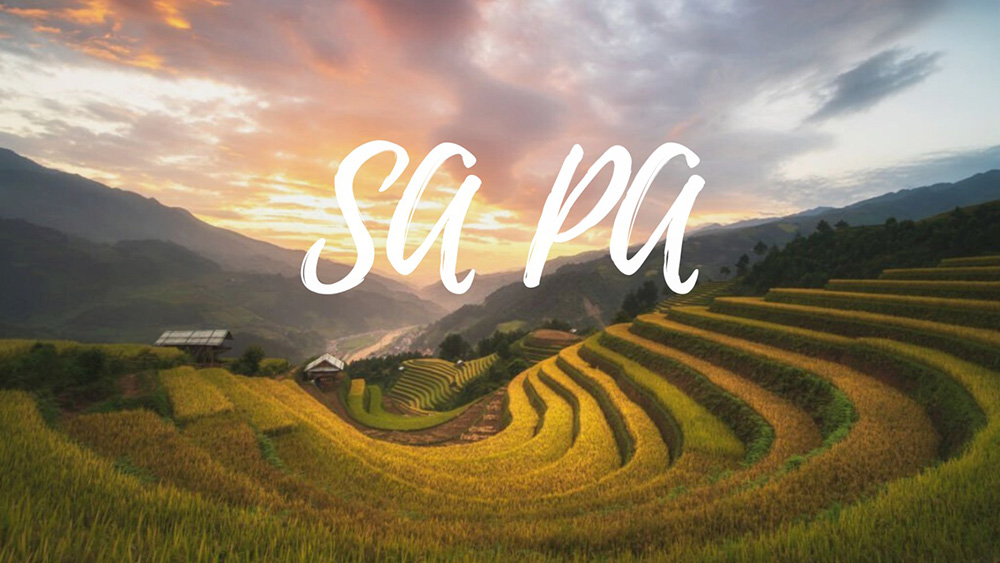
Traveling on a budget does not entail sacrificing quality experiences it's about making intelligent choices. Here are several money-saving strategies that can enhance your Sapa trip while allowing you to experience all this stunning region offers.
Travel Off-Season: One of the most effective ways to save money is by scheduling your trip during the off-peak seasons, notably from December to February. Accommodation prices drop significantly during this time, allowing for potential savings of up to 30%.
Dine Local: Immerse yourself in the local culture through food. Street food stalls and local eateries offer affordable meals, often priced between 50,000 to 100,000 VND (approximately $2 to $4). Opting for local meals over international dining can reduce your daily food costs immensely.
Plan Ahead: Online research prior to your trip can uncover exceptional deals on accommodations and transport. Book in advance, particularly for homestays or popular tours, to lock in lower prices and avoid peak seasonal surges.
Free Activities: Sapa is rich in natural beauty and cultural experiences, many of which are free. Explore breathtaking trekking trails, local markets, and vibrant village life without any cost. This not only saves money but enriches your experience by immersing you in the local environment.
Utilize Public Transport: Instead of resorting to taxis or private drivers, consider using local buses and shared transport. The costs can range from 50,000 to 100,000 VND (about $2 to $4) daily. Walking or cycling are also great ways to explore Sapa whilst saving money.
By implementing these saving tips, you not only extend your budget but also create a richer travel experience by engaging more deeply with the community and natural landscape of Sapa.
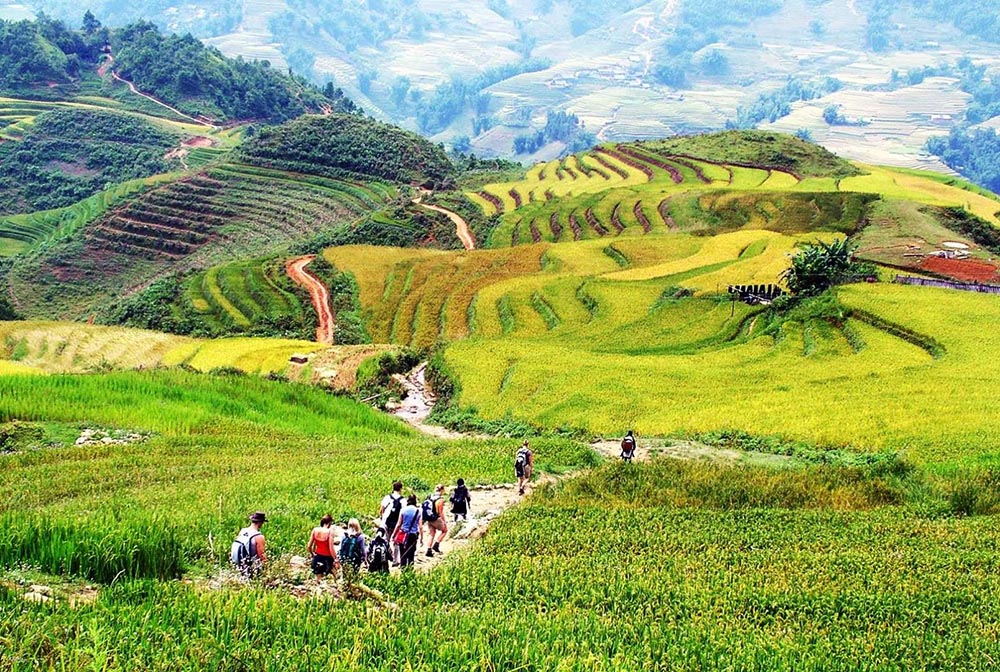
Despite thorough planning, unexpected costs can often arise during your travels. Thus, an essential aspect of budgeting is the ability to adapt and manage these unforeseen expenses while maintaining the integrity of your financial plan.
Set a Daily Budget: A practical approach is to establish a daily budget ranging from $19 to $48 per person. This range encompasses food, accommodation, and activities, allowing you to track daily spending accurately and adjust your plans as needed.
Accommodation Flexibility: Sapa offers a variety of lodging choices. The budget-conscious will find homestays or hostels ranging from 150,000 to 300,000 VND (approximately $6 to $13), allowing for flexibility to adjust the plan as necessary. While mid-range hotels are more predictable, being open to changing accommodation can help save extra costs.
Budget Food Options: Identification of affordable meal places can greatly alleviate pressures on your budget. Expect to spend between 50,000 to 100,000 VND (around $2 to $4) for local dishes. Eating locally instead of at tourist restaurants can significantly contribute to reduced costs.
Transportation Considerations: Local transport expenses can accumulate quickly, so budgeting around 9.36 USD per day for public transport is wise. Always opt for walkable paths when possible, as this not only saves money but enhances your exploration of Sapa’s beauty.
Planning for Activities: While many outdoor attractions are free or have minimal entry fees, ensure that a portion of your budget is allocated for organized tours and excursions. Setting aside about $6 daily for entrance fees and tours allows for spontaneous decisions while keeping your budget intact.
By practicing these strategies for managing unexpected costs, you can navigate through your Sapa adventure more smoothly while still enjoying the richness of local experiences.
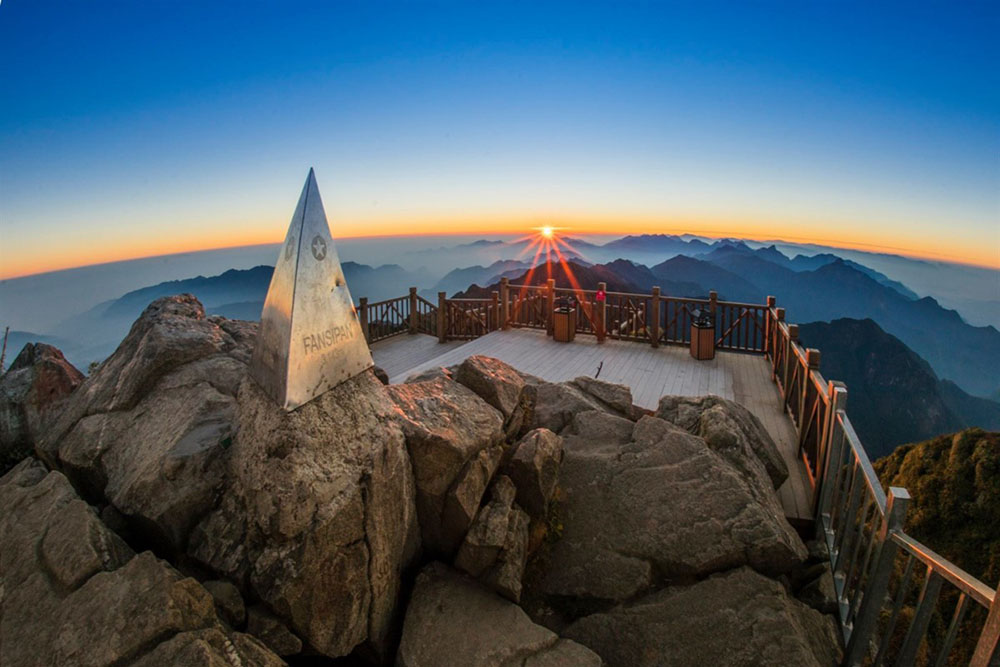
With a clearer understanding of travel costs and budgeting strategies for Sapa, we can explore the various budget options available. This exploration fosters a comprehensive perspective on how different styles of travel can influence overall expenses and experiences, tailoring your journey according to personal needs and comfort levels.
By meticulously analyzing accommodation, food choices, and travel expenses, one can effectively choose between backpacking an experience or embracing a more luxury-driven lifestyle during a venture in Sapa. In the sections that follow, a comparative analysis of different budget options will be presented, highlighting the merits of each approach to enhance your travel decisions.
When exploring the cost differences between backpacking and luxury travel in Sapa, the gap in expenses becomes evident, with each approach catering to distinct traveler preferences.
For budget-conscious adventurers, backpacking is synonymous with affordable living. The average daily budget for a backpacker may range from 300,000 VND to 500,000 VND (approximately $13 to $22). This budget typically encompasses accommodations at hostels or guesthouses that range from 150,000 VND to 300,000 VND (around $6 to $13), meals at local eateries costing between 50,000 VND and 100,000 VND (approximately $2 to $4), and nominal transportation costs from local buses and shared taxis hovering around 50,000 VND (about $2). Many attractions in Sapa have either minimal or no entry fees, allowing backpackers to explore without financial pressure.
Conversely, luxury travel in Sapa escalates considerably. A traveler opting for a luxury daily budget may range from 2,000,000 VND to 5,000,000 VND (approximately $85 to $215). Here, upscale accommodations commence at about 1,500,000 VND per night. Dining at lavish establishments can raise daily expenses significantly, often reaching 800,000 VND to 2,000,000 VND (roughly $34 to $85) per meal. The experience of exceptional service and premium amenities justifies the higher pricing, attracting affluent travelers willing to indulge in an opulent escape.
In terms of dining, local eating options render a stark contrast regarding pricing. At local eateries, meals can be savored at 2,000 VND to 5,000 VND (approximately $0.85 to $2), while restaurants catering to tourists may charge higher prices for similar dishes, rapidly reaching 100,000 VND and beyond. Thus, the choice of meals can dramatically influence the overall budget.
Here's a concise summary of the budget differences:
| Travel Style | Average Daily Budget (VND) | Average Daily Budget ($) |
|---|---|---|
| Backpacking | 300,000 - 500,000 | $13 - $22 |
| Luxury Travel | 2,000,000 - 5,000,000 | $85 - $215 |
In summary, for those traveling on a budget, backpacking presents a significantly more affordable experience compared to the extravagance associated with luxury travel.
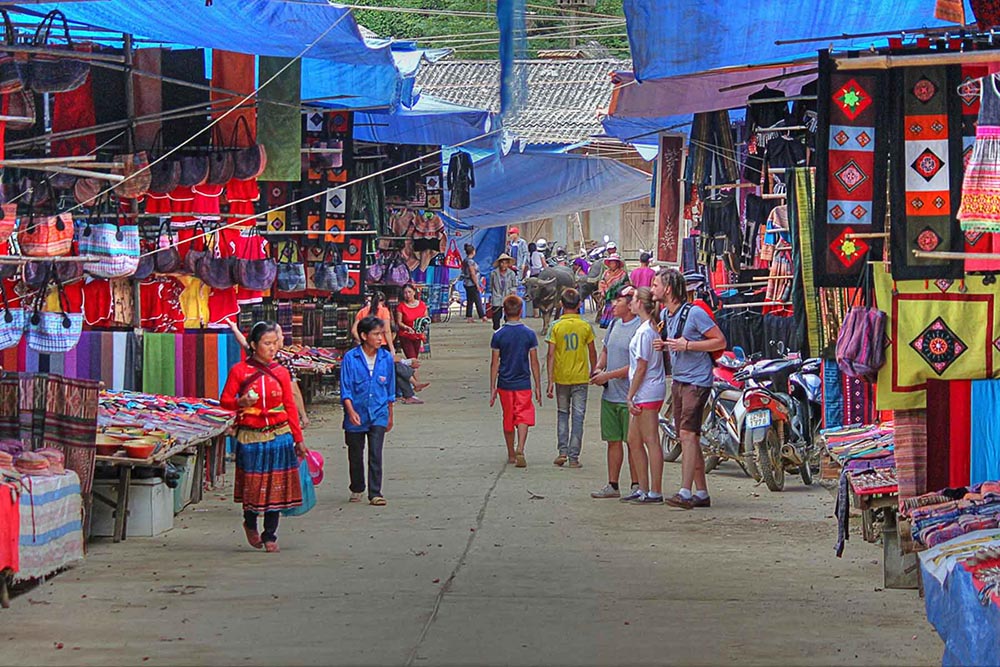
One of the most delightful aspects of traveling is savoring local cuisine, but understanding the cost differences between local eateries and tourist-focused restaurants plays a key role in budgeting for meals in Sapa.
Local food stalls and casual dining options often provide authentic dishes at exceptionally low prices. Meals can range from 50,000 VND to 100,000 VND (around $2 to $4). Dishes infused with local ingredients like steaming bowls of pho or crispy spring rolls attract many travelers who wish to experience the true flavors of Sapa without ballooning their expenses.
Tourist restaurants, on the other hand, typically charge higher prices for similar offerings. Regular meals at such establishments often cost between 200,000 VND and 400,000 VND (approximately $8 to $17). The ambiance and decor may justify the price difference, but for travelers keen on saving money, these dining options quickly impact the overall budget.
For instance, ordering the same dish at a local eatery may cost approximately 60,000 VND, while at a tourist restaurant, it could escalate to 150,000 VND, resulting in a striking difference in daily dining expenses. Opting for local meals allows for flexibility in purchasing other travel experiences, such as activities or transportation.
Here’s a brief comparison of eating costs:
| Type of Dining | Cost (VND) | Cost ($) |
|---|---|---|
| Local Eateries | 50,000 - 100,000 | $2 - $4 |
| Tourist Restaurants | 200,000 - 400,000 | $8 - $17 |
In summary, local dining not only offers an affordable alternative but also enriches the travel experience by engaging with local culture, whereas opting for tourist-centric restaurants can significantly inflate your dining budget.
The choice between guided tours and independent travel is a central theme in travel budgeting, as each approach comes with its own cost implications. Exploring Sapa through guided tours typically incurs higher upfront expenses compared to independent travel, yet each option provides its own merits.
Guided tours often carry a more significant price due to the all-inclusive nature of their packages. Accommodations, meals, and activities are usually bundled together, coming at a slightly higher price point. Tourists may appreciate this structure, as it alleviates the burden of planning ahead of time, but these conveniences can inflate the overall travel expenses.
For a half-day guided trek, expect costs to range from $10 to $50 per person. Moreover, the convenience of a well-organized itinerary that includes transportation, guides, and meals certainly adds value. However, this convenience comes at a cost. Travelers can also incur additional expenses from entrance fees or separate charges for specific activities, making guided tours significantly more expensive than simpler arrangements.
In contrast, independent travel allows flexibility and often leads to substantial savings. This approach enables travelers to curate their experience based on cost preferences, selecting budget accommodations, local eateries, and self-guided exploration. For example, staying at budget hostels or homestays can cut lodging costs significantly, while the freedom to choose local food options keeps dining expenses manageable.
Here’s a quick comparison of the two travel styles:
| Travel Style | Average Costs (VND) | Average Costs ($) |
|---|---|---|
| Guided Tours | Variable (often higher) | Variable (often higher) |
| Independent Travel | 300,000 - 500,000 | $13 - $22 |
Ultimately, independent travel can be a budget-friendly option, enabling travelers to adapt their experiences based on their financial capabilities while still embracing the breathtaking scenery and cultural richness Sapa has to offer.
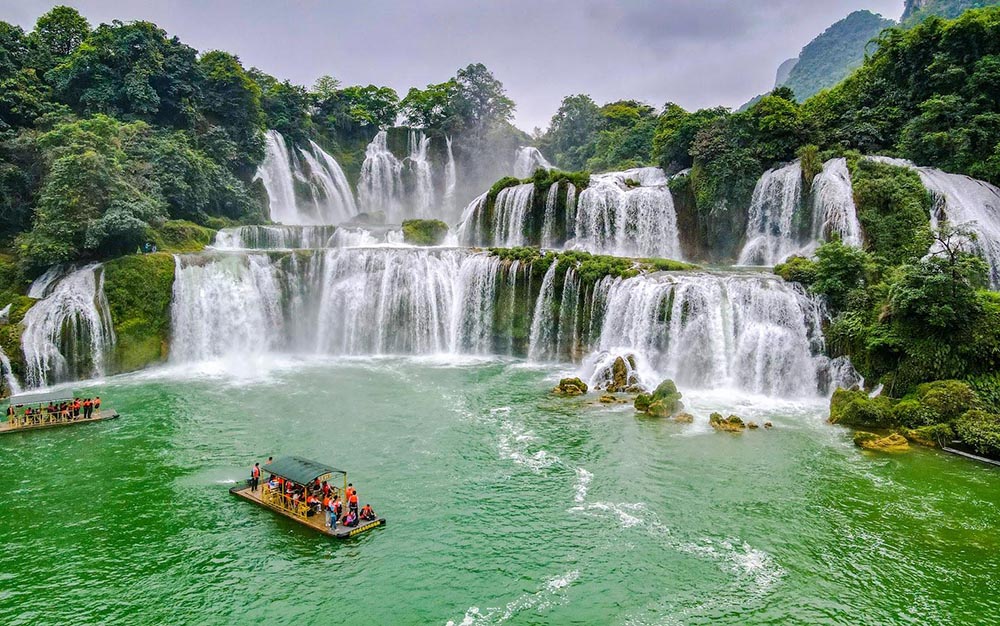
Having explored various comparisons among different travel costs and budgeting strategies, it becomes evident that grouping essential expenses can assist in creating an organized financial plan for a successful trip. Knowing how to allocate your money toward transportation, accommodation, meals, and activities provides clarity and structure, making it easier to track daily expenditures.
By establishing distinct categories for costs, travelers can monitor spending more effectively. Understanding how each expense fits into your overall budget allows for better decision-making throughout your stay. In the upcoming sections, we will delve into detailed categorizations of costs and examine specific strategies for managing daily expenditures in Sapa.
Budgeting for a trip to Sapa demands systematic categorization of costs to ensure clarity and control over your financial plan. This organized approach involves three primary categories: transportation, accommodation, and activities, each presenting individual expenses.
Transportation costs form the first and fundamental category. The choice of how to travel from Hanoi to Sapa plays a crucial role in your overall budget. As detailed previously, bus travel remains one of the most cost-effective transit options, ranging between 500,000 VND and 600,000 VND (approximately $21 to $25). Train travel presents a slightly higher cost, dependent on the type of service chosen. On a local level, expect to allocate around 50,000 VND to 100,000 VND (about $2 to $4) for public transport within Sapa.
The second category, accommodation, plays an equally pivotal role. For budget-conscious tourists, staying in hostels or guesthouses offers an affordable option, often priced below 300,000 VND (approximately $13). Mid-range hotels and luxury stays significantly increase the budget and should be pre-planned, as they can quickly escalate costs if not carefully measured.
Lastly, the activities category captures the essence of your experience in Sapa. Adventure seekers may allocate a healthy portion of their budget for trekking, guided tours, and local experiences, where expenses vary widely, often ranging from $10 to $50 or more. Free activities such as hiking or traversing local markets can provide enriching experiences without impacting the budget.
Below, you’ll find an illustrative categorization of expenses:
| Expense Category | Average Cost (VND) | Average Cost ($) |
|---|---|---|
| Transportation | 500,000 - 700,000 | $21 - $30 |
| Accommodation | 150,000 - 4,000,000 | $6 - $170 |
| Activities | 10,000 - 400,000 | $0.50 - $17 |
Understanding the nuances of these categories not only enhances the budgeting experience but also guarantees that your funds are allocated effectively to maximize your journey in Sapa.
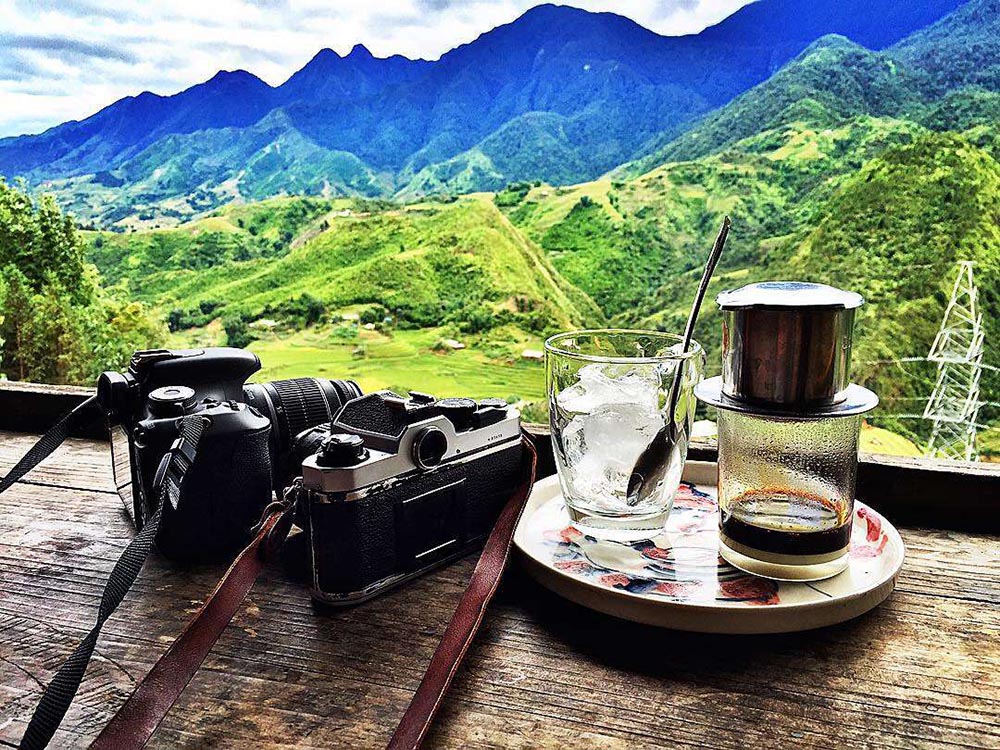
Establishing a daily budget is a practical approach that allows travelers to maintain control over their expenses while enjoying all that Sapa has to offer. This plan aids in systematically allocating funds to key categories transportation, accommodation, food, and activities ensuring you stay on track throughout your journey.
As previously illustrated, transportation typically requires the most consideration. Allocating approximately $6 to $15 per day for local transport and any long-distance travel is a reasonable estimate. Additionally, if you plan to rent a motorbike for added flexibility, that should be factored in, roughly costing $5 per day.
Regarding accommodation, budget stays range from $6 to $20 per night, depending on choices made. For relatively comfortable options, it’s wise to plan around $10 to $15, ensuring you can enjoy the diverse lodging experiences Sapa offers.
Food expenses can widely vary based on dining choices. Planning for a budget of approximately $6 to $25 daily more during days you plan to try multiple restaurants or special dishes ensures versatility while preventing overspending.
Lastly, creating a buffer for activities is crucial. Setting aside an approximate range of $10 to $20 daily allows for tours, excursions, and entry fees to local attractions, adding value to your travels.
Here’s a representative breakdown of how to allocate your daily budget in Sapa:
| Daily Budget Category | Recommended Budget (VND) | Recommended Budget ($) |
|---|---|---|
| Transportation | 120,000 - 250,000 | $5 - $10 |
| Accommodation | 150,000 - 400,000 | $6 - $17 |
| Food | 150,000 - 600,000 | $6 - $25 |
| Activities | 300,000 - 600,000 | $13 - $25 |
| TOTAL DAILY BUDGET | 600,000 - 1,200,000 | $25 - $50 |
Planning this aggregated budget allows a seamless travel experience in Sapa while ensuring you relish every moment of your adventure.
Understanding the seasonal variations in travel costs for Sapa can greatly influence your budgeting and planning strategies. Each time of the year offers a different experience, accompanied by fluctuating prices that can either save or cost you significantly.
Accommodation Costs: The peak tourist season in Sapa typically spans from June to August and September to November. During these months, rates for hotels and guesthouses can surge due to heightened demand. Budget travelers may find prices averaging between $10 to $20 per night in low seasons, while they might inflate to $30 to $60 in peak times.
Transportation Expenses: The cost of transport to Sapa generally remains stable throughout the year, with bus fares from Hanoi averaging $15 to $25 per person. However, booking during peak seasons often leads to increased prices as travelers flock to tickets, prompting supply-demand dynamics.
Dining: Food prices usually remain affordable, with local meals costing around $1 to $5. Although prices don’t vary significantly based on the season, popular eateries may slightly increase prices during peak tourist times due to heightened demand.
Activities and Tours: The popularity of guided tours and cultural experiences tends to spike during peak seasons, resulting in increased prices for trekking and sightseeing trips. Expect costs of $20 to $50 for guided treks during busy months, compared to potentially lower prices in off-peak periods.
Overall Budgeting: For a backpackers’ budget at off-peak times, $30 to $50 per day suffices, while peak times might require a financial outlay ranging from $50 to $100 daily to manage accommodation, meals, activities, and transport effectively.
Taking into account these seasonal variations can help you tailor your visit according to your budget and desired experiences in Sapa, ensuring that you receive the best value for your trip.
Planning a trip to Sapa involves more than just a desire to witness its stunning landscapes and embrace its rich culture; careful budgeting is an essential component of crafting a memorable experience. By understanding the intricate web of transportation, accommodation, dining, and activities, you can effectively navigate costs while enjoying the breathtaking beauty Sapa has to offer.
From selecting the right mode of transportation whether it be a comfortable bus ride or a thrilling motorbike rental to choosing budget-friendly dining options that allow you to taste the local flavors without breaking the bank, every decision feeds into the holistic experience of your journey.
By employing intelligent budgeting strategies and remaining adaptable to unexpected expenses, you can ensure that your adventure through Sapa is both fulfilling and financially sound. Whether you're an adventurous backpacker or someone who prefers the comforts of luxury travel, Sapa’s myriad experiences await you, and with a well-planned budget in hand, you'll be prepared to seize every opportunity this mesmerizing destination has to offer. The beauty of Sapa is ultimately enhanced by your journey through it, marked by meaningful experiences that create lasting memories.